Everything you need to know about Hampstead: The real star of 'Bridget Jones: Mad About the Boy'
From Protestant Dissenters to Dame Judi Dench, Hampstead has long been synonymous with liberal values and prosperity — which is what makes it different from other parts of London. Now, it's stealing hearts the world over in the latest Bridget Jones film.


It's hard to keep up with Hampstead and not only because the climb up the hill is challenging on the legs. Every cottage-lined lane, every vine-festooned street reads like a Who’s Who of the past two centuries, with so many blue plaques that your head has to swivel fast from side to side to take them all in.
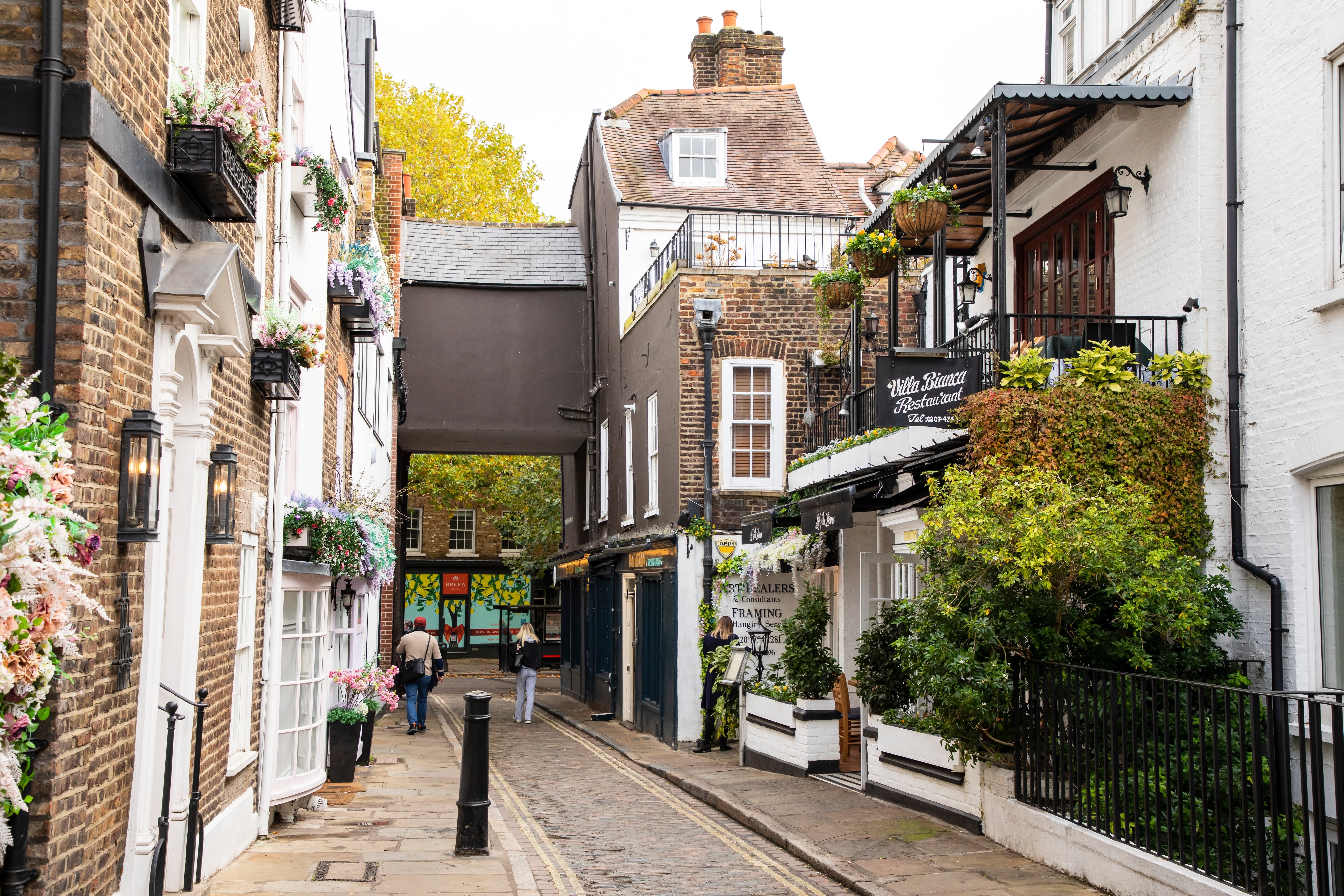
Surprisingly, the village stayed out of the limelight for centuries, a haven for people who found it hard to settle elsewhere — Quakers or Protestant Dissenters.
Interest in the area only picked up in the 18th century, when the healing properties of its iron-rich waters, ‘being equal in virtue with Tunbridge Wells’, as noted in a newspaper of the time, turned Hampstead into a spa town. It never became as fashionable as Bath because ‘it was a little too seedy,’ points out Mark Francis of local-history museum Burgh House.
Nonetheless, the lure of the waters provided brisk enough business to make Hampstead a favourite with highwaymen (including, according to local lore, Dick Turpin himself) and to enrich the spa’s chief doctor, William Gibbons, who, in 1720, bought a pretty Queen Anne property — Burgh House.


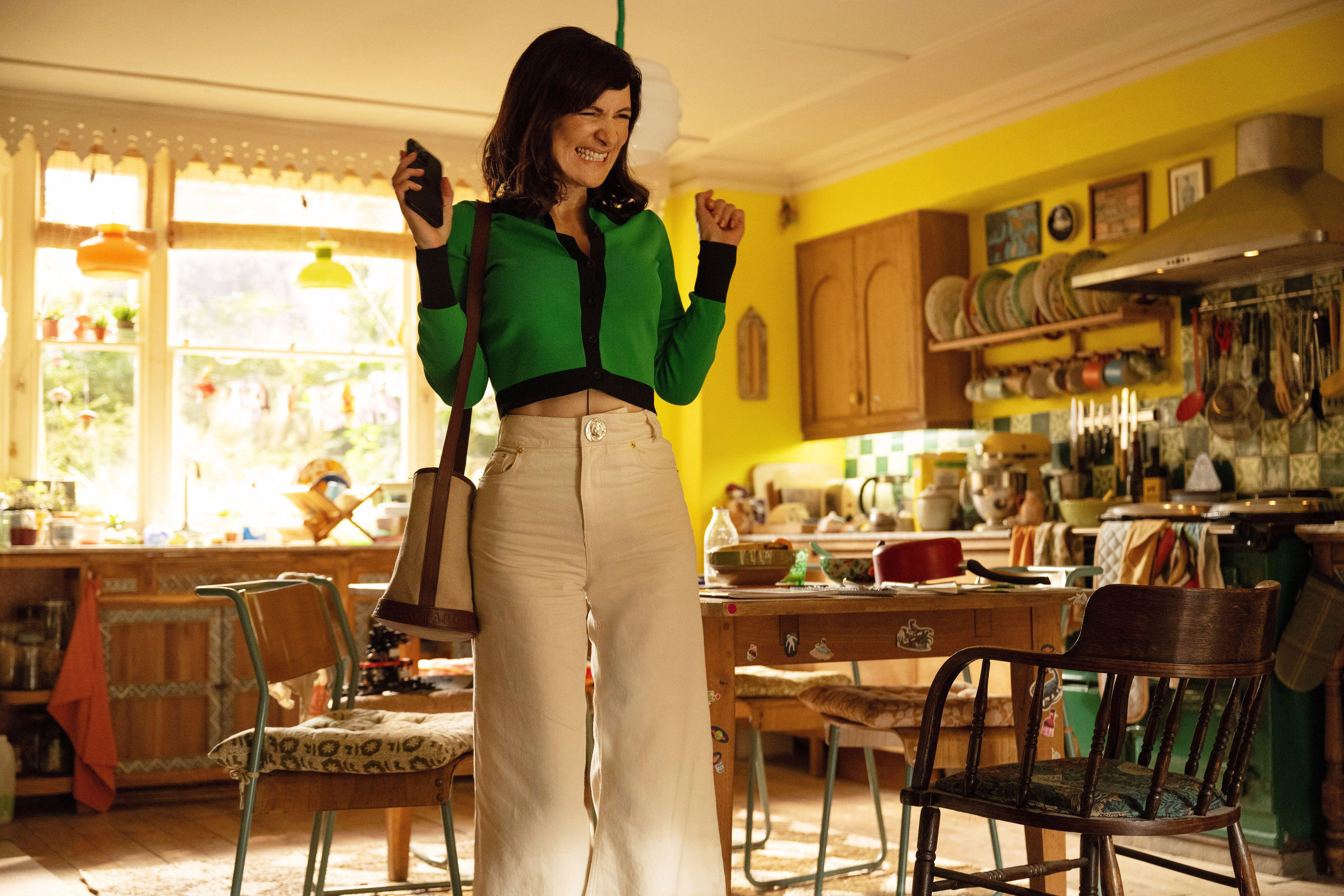
'Bridget Jones: Mad About the Boy' painted Hampstead and its houses in the prettiest of lights
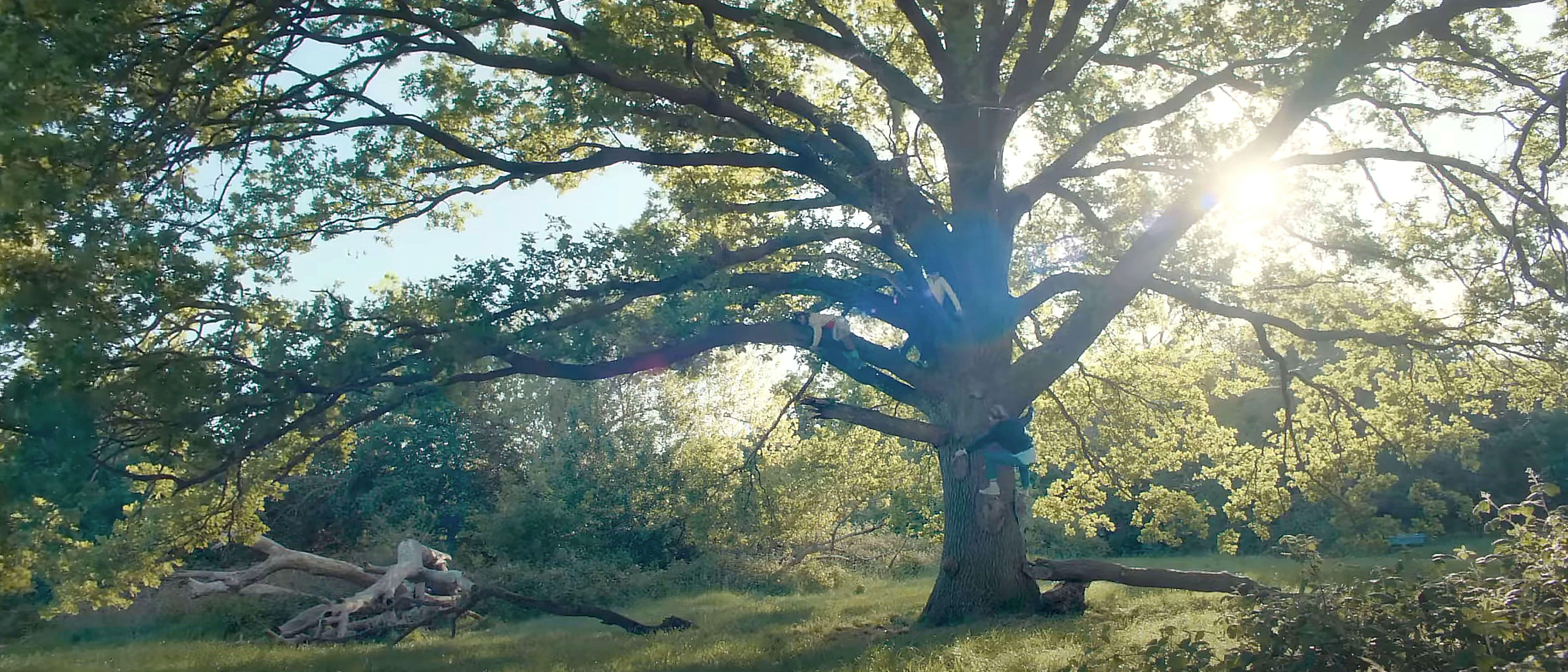
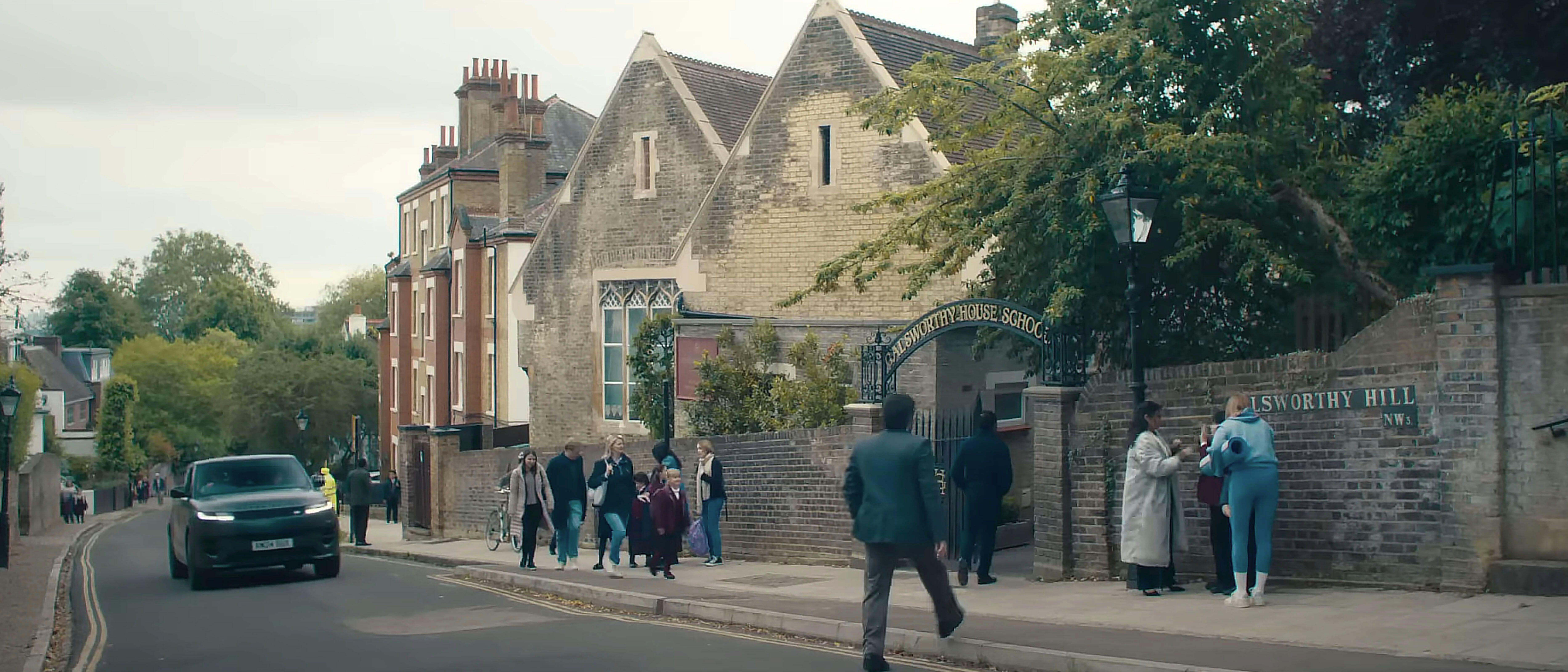
From its panoramic spot in New End Square, the Grade I-listed building has witnessed first hand Hampstead’s rise to its position as one of London’s most sought-after neighbourhoods. Today, the house is a local institution, at whose cafe you may spot Emma Thompson or Helena Bonham Carter.
One of Burgh’s residents was upholsterer Israel Lewis, who sent fruit to John Keats’s ailing brother, Tom, earning the poet’s gratitude. The impoverished siblings had moved to Hampstead in 1817 and the village would quickly become the backdrop for Keats’s greatest achievements. It was here that he met his beloved Fanny Brawne, composed La Belle Dame sans Merci and wrote Ode to a Nightingale.

Wandering around the village, Keats may have met another early Hampstead denizen, John Constable, who first rented a property there in 1819. The Romantic artist painted many views of the heath and, although he would now struggle to recognise the London skyline, the high banks, thick trees and grassy expanses crowned by distant belfries that feature in much of his work have remained almost intact.
Sign up for the Country Life Newsletter
Exquisite houses, the beauty of Nature, and how to get the most from your life, straight to your inbox.
Equally well preserved is Admiral’s House, in Admiral’s Walk, a white confection topped by a quarterdeck-like roof and a flagpole, which Constable painted in The Grove, Hampstead. The property had once belonged to a Navy lieutenant, Fountain North, who, as well as giving it a naval makeover, had the habit of firing a cannon to mark important events. The memory of his antics survived long enough that it inspired P. L. Travers to create Admiral Boom’s character in her Mary Poppins books.
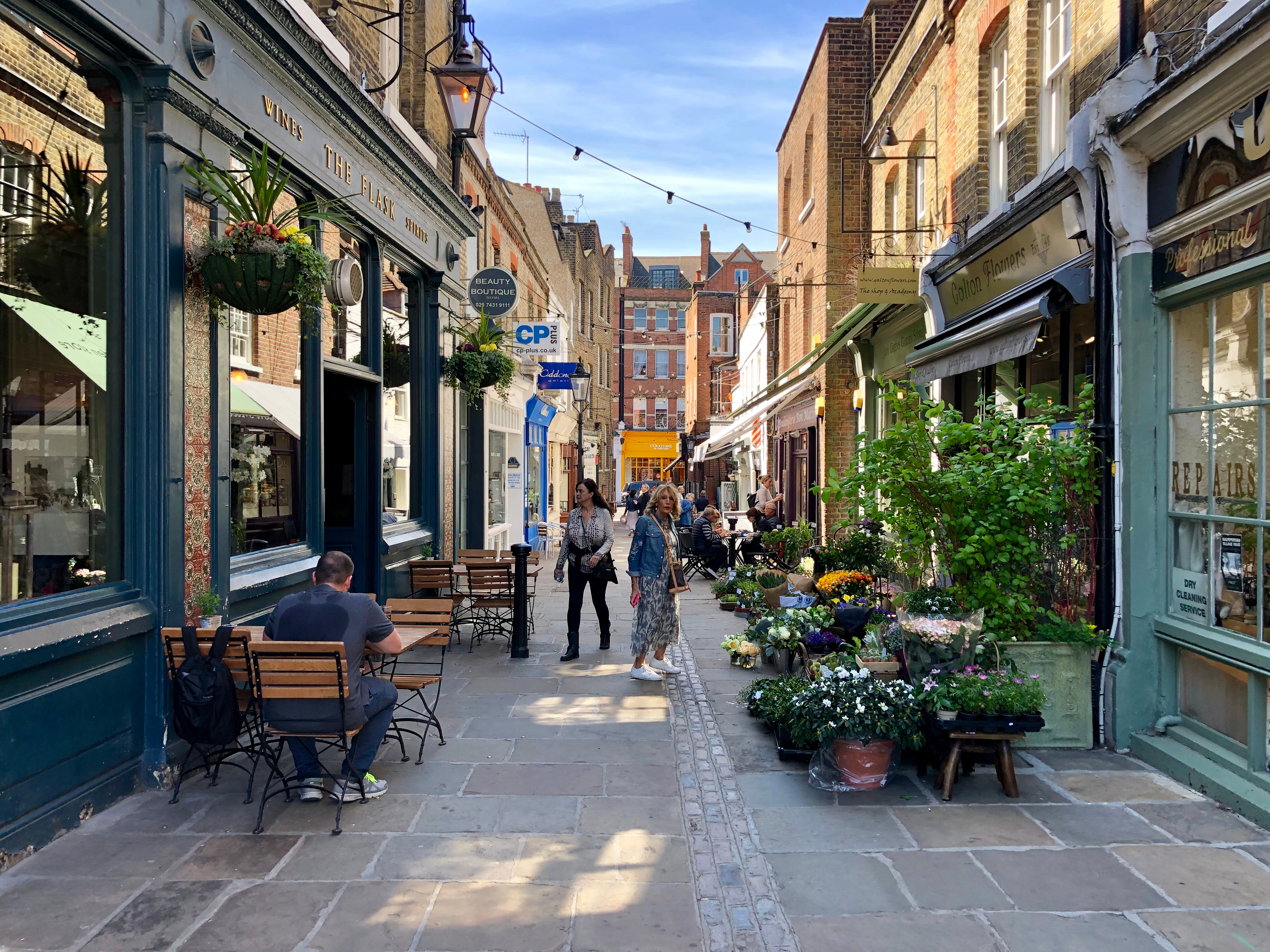
It’s a short walk from Constable’s house, in Well Walk, to his resting place outside the church of St John-at-Hampstead, but the route takes in some of the village’s prettiest streets, including Flask Walk (above), with its brick cottages, crooked chimneys and tiny shops full of antiques, ceramics or whimsical flower arrangements, and Church Row, a matronly procession of Georgian townhouses.
At the end of the road stands St John and its two atmospheric graveyards. Their weathered tombstones commemorate Constable, clock-maker John Harrison, cook-book author Eliza Acton and Punch cartoonist George Du Maurier.
But it was in the first half of the 20th century — after the railway turned the village into the place where the East End came to party and the Tube became an integral part of London — that the creative set really poured in, from Edward Elgar and Agatha Christie to Bauhaus founder Walter Gropius and Sigmund Freud, fleeing persecution from Nazi-occupied Europe.
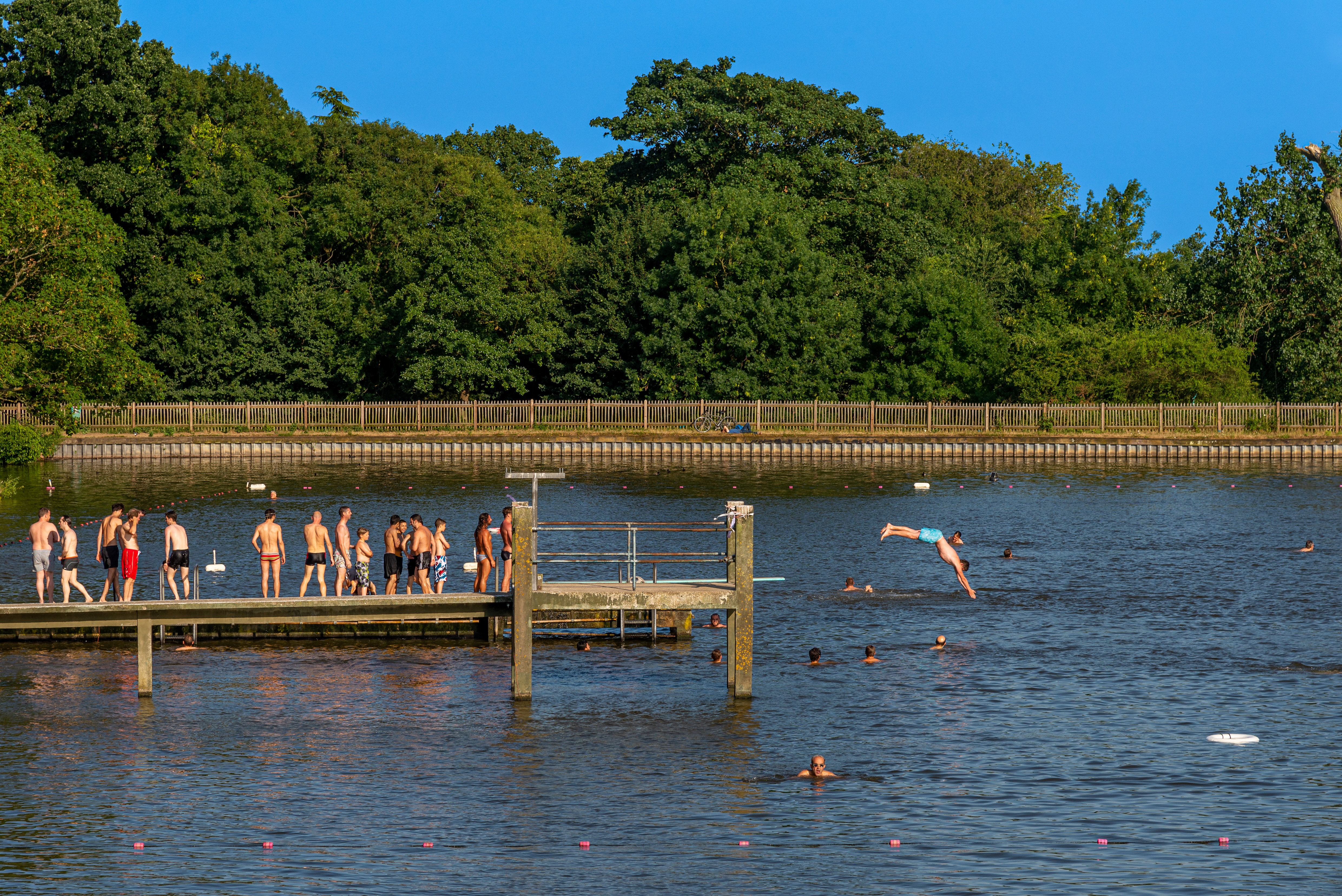
Slices of local life crop up in many works, from the spies who lived at the stark-lined Isokon Building in Lawn Road, who provided fodder for Agatha Christie’s novels, to the (possibly apocryphal) story that Ian Fleming named James Bond’s arch-villain after Ernö Goldfinger because he detested the Modernist building — almost brutal in its boxy simplicity — that the Hungarian-born architect had designed at 2, Willow Road. (The notoriously bad-tempered Goldfinger took issue with the naming and threatened to sue Fleming.)
Over the years, many local luminaries became extremely successful, but remained fiercely loyal to the village and ‘that’s how Hampstead went from bohemian to super-rich,’ explains Francis. ‘Judi Dench is a prime example: she moved in, a struggling actress. Twenty years later, she was incredibly wealthy and influential.’
This combination of prosperity and liberal values is what makes Hampstead different from other parts of London. ‘Yes, it’s probably as expensive as Kensington now, but it still has that fighting spirit about it,’ says Francis. ‘There are no glamorous outfits and fur coats here — it’s more cagoule and wellies.’
After all, he says, ‘this was a place of refuge for people. It has a history of being tolerant. People accept people for who they are. That’s the big thing that has made Hampstead what it is’.
Carla must be the only Italian that finds the English weather more congenial than her native country’s sunshine. An antique herself, she became Country Life’s Arts & Antiques editor in 2023 having previously covered, as a freelance journalist, heritage, conservation, history and property stories, for which she won a couple of awards. Her musical taste has never evolved past Puccini and she spends most of her time immersed in any century before the 20th.
-
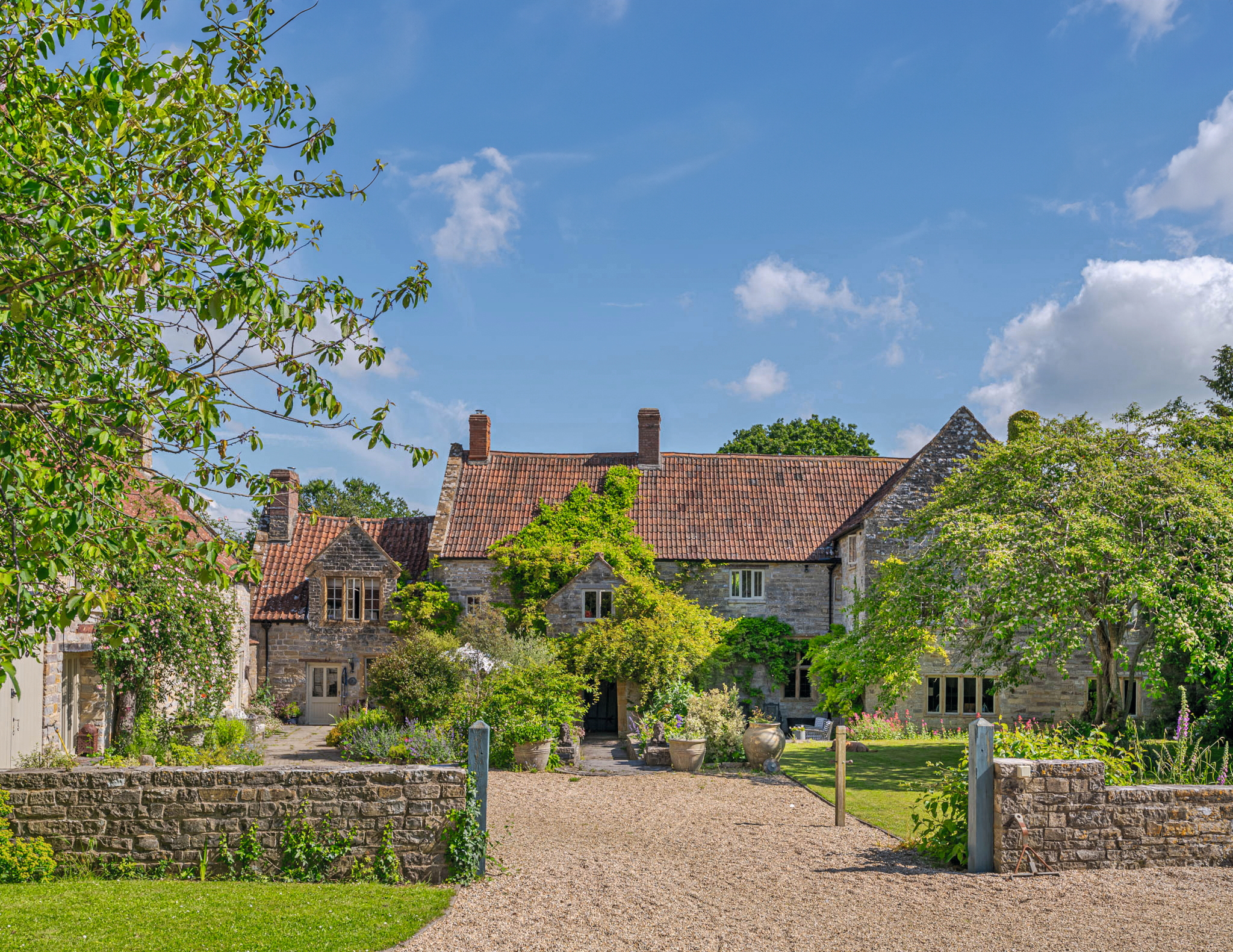 A Grade II*-listed country manor with one of the most beautiful drawing rooms in England
A Grade II*-listed country manor with one of the most beautiful drawing rooms in EnglandIf Old Manor Farm in Somerset is good enough for Pevsner, it's good enough for you.
By Penny Churchill Published
-
 School dinner puddings, Scrabble tiles and Antonio Banderas: Country Life Quiz of the Day, April 11, 2025
School dinner puddings, Scrabble tiles and Antonio Banderas: Country Life Quiz of the Day, April 11, 2025Friday's quiz asks you to name one of Britain's most beautiful places, and ponders the distance of a marathon.
By Toby Keel Published
-
 Everything you need to know about one of sport's most gruelling rivalries
Everything you need to know about one of sport's most gruelling rivalriesThis year's Boat Race is expected to play out to a global audience of 100million.
By Amie Elizabeth White Published
-
 The humble hazel dormouse — 'the flagship species of the health of our countryside'
The humble hazel dormouse — 'the flagship species of the health of our countryside'The sleepy and very sweet hazel dormouse is one of Britain's rarest mammals.
By Jack Watkins Published
-
 The grass is always greener: Follow in the footsteps of Sir Andy Murray and play in The Giorgio Armani Tennis Classic
The grass is always greener: Follow in the footsteps of Sir Andy Murray and play in The Giorgio Armani Tennis ClassicThere’s no better time of year than the summer grass court tennis season.
By Rosie Paterson Published
-
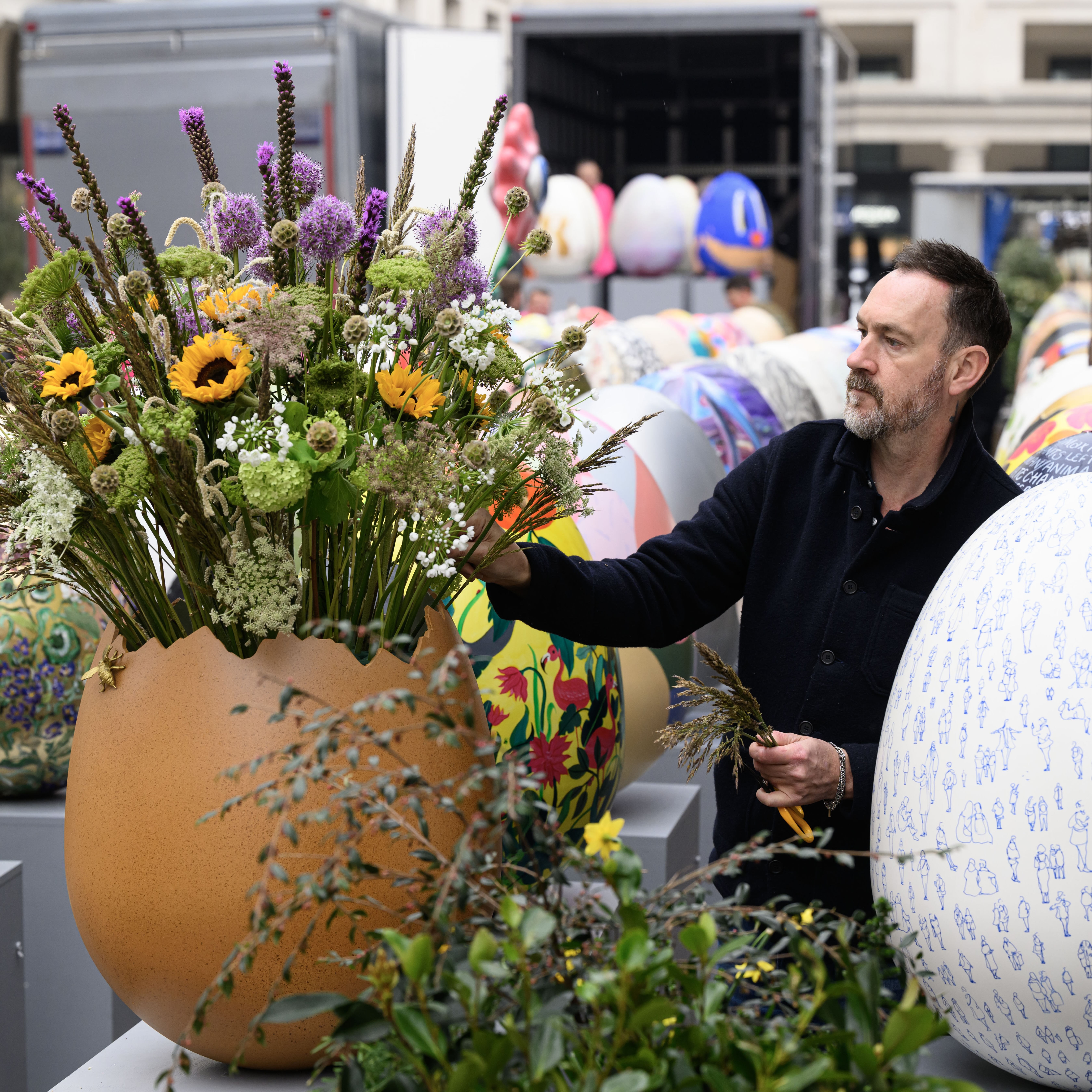 You've gotta catch them all: Everything you need to know about London's giant Easter egg hunt
You've gotta catch them all: Everything you need to know about London's giant Easter egg huntFortnum & Mason, Anya Hindmarch and Chopard are among the companies that have lent a creative hand.
By Amie Elizabeth White Published
-
 The UK gets its first ‘European stork village’ — and it's in West Sussex
The UK gets its first ‘European stork village’ — and it's in West SussexAlthough the mortality rate among white storks can be up to 90%, the future looks rosy for breeding pairs in southern England.
By Rosie Paterson Published
-
 Can't you hear me S.O.S? Our treasured native dog breeds are at risk of extinction
Can't you hear me S.O.S? Our treasured native dog breeds are at risk of extinctionDo you know your Kerry blue terrier from your Lancashire heeler? A simple lack of publicity is often to blame for some of the UK's native dog breeds flying dangerously low under-the-radar.
By Victoria Marston Published
-
 The prestigious Saut Hermès was a tantalising taste of what to expect when Paris's Grand Palais reopens to the public in June
The prestigious Saut Hermès was a tantalising taste of what to expect when Paris's Grand Palais reopens to the public in JuneThe Grand Palais in Paris, France, has been closed to the public for extensive renovation works since 2021.
By Rosie Paterson Published
-
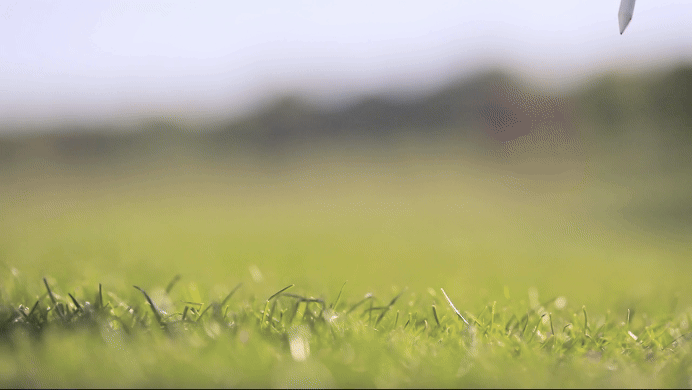 Curious Questions: Why do golf balls have dimples? And why are tennis balls furry?
Curious Questions: Why do golf balls have dimples? And why are tennis balls furry?As the weather picks up, millions of us start thinking about dusting off our golf clubs and tennis rackets. And as he did so, Martin Fone got thinking: why aren't the balls we use for tennis and golf perfectly smooth?
By Martin Fone Published